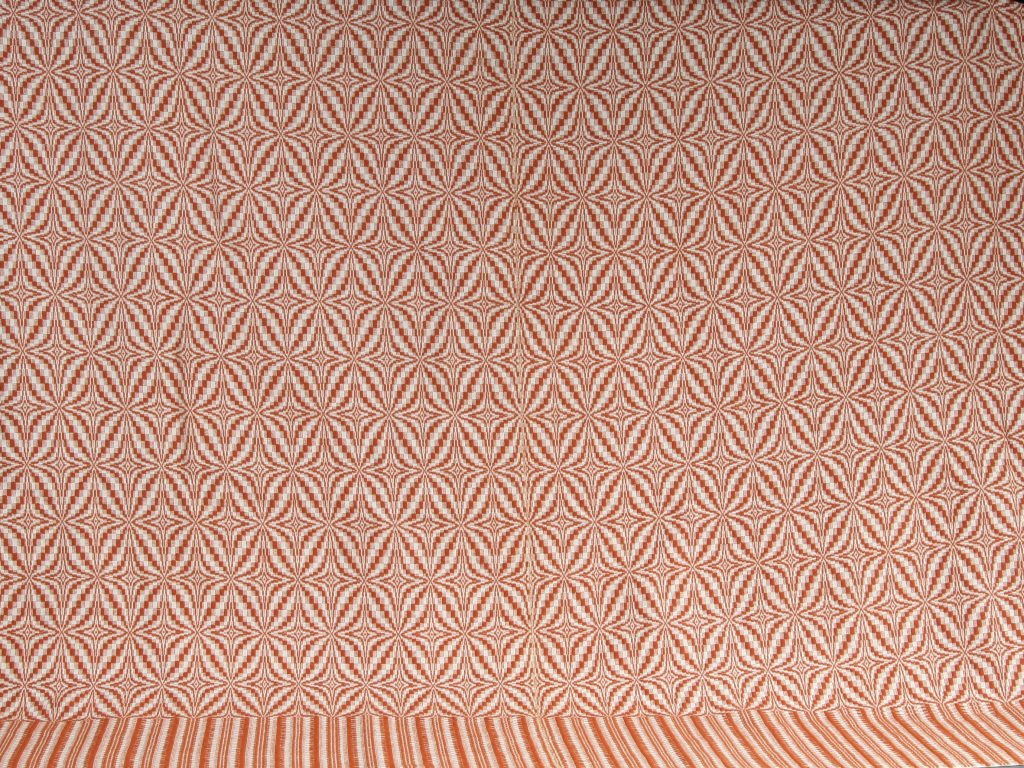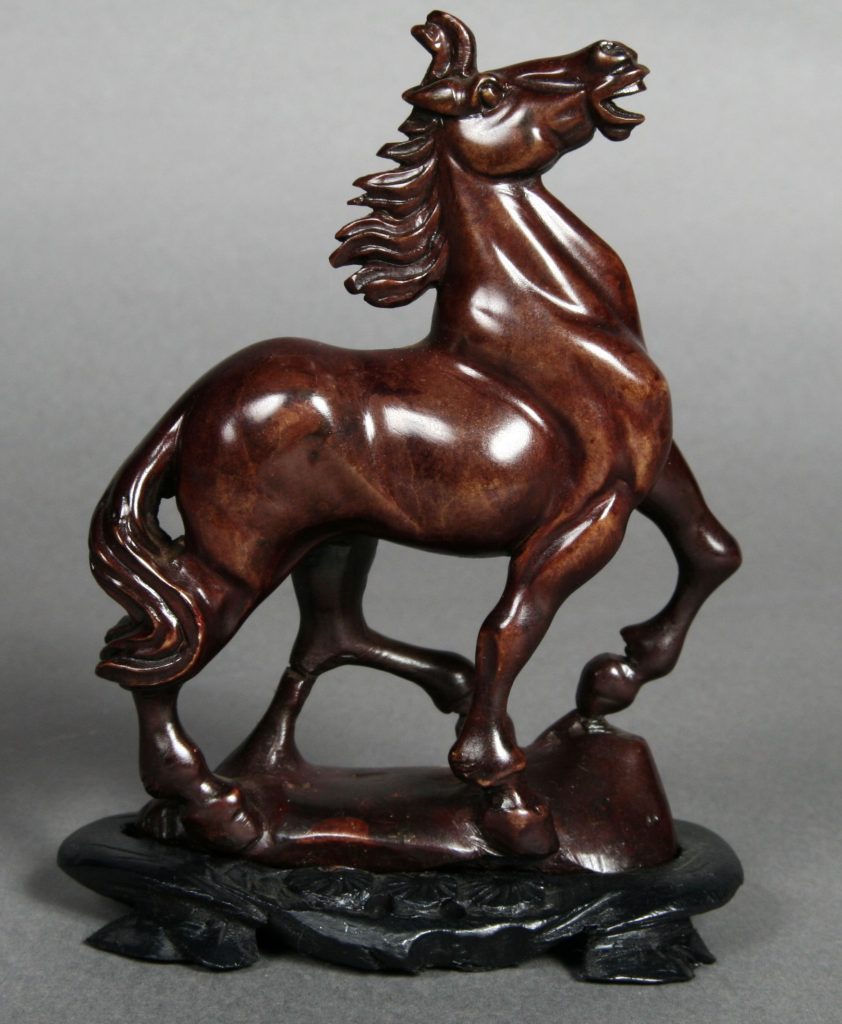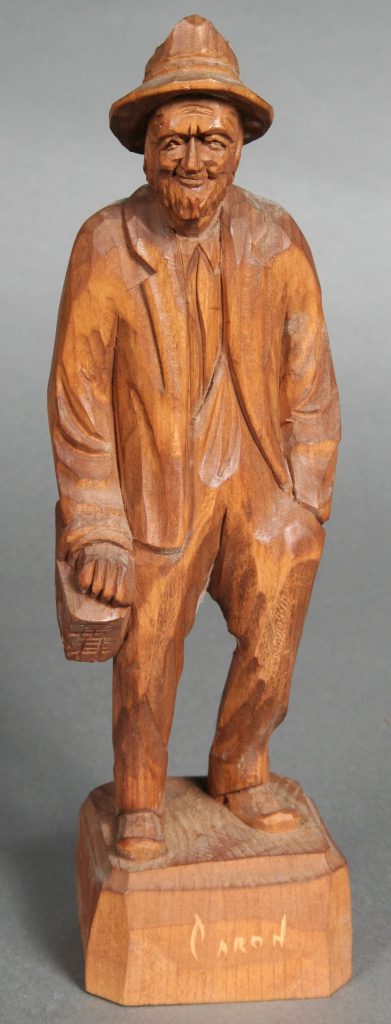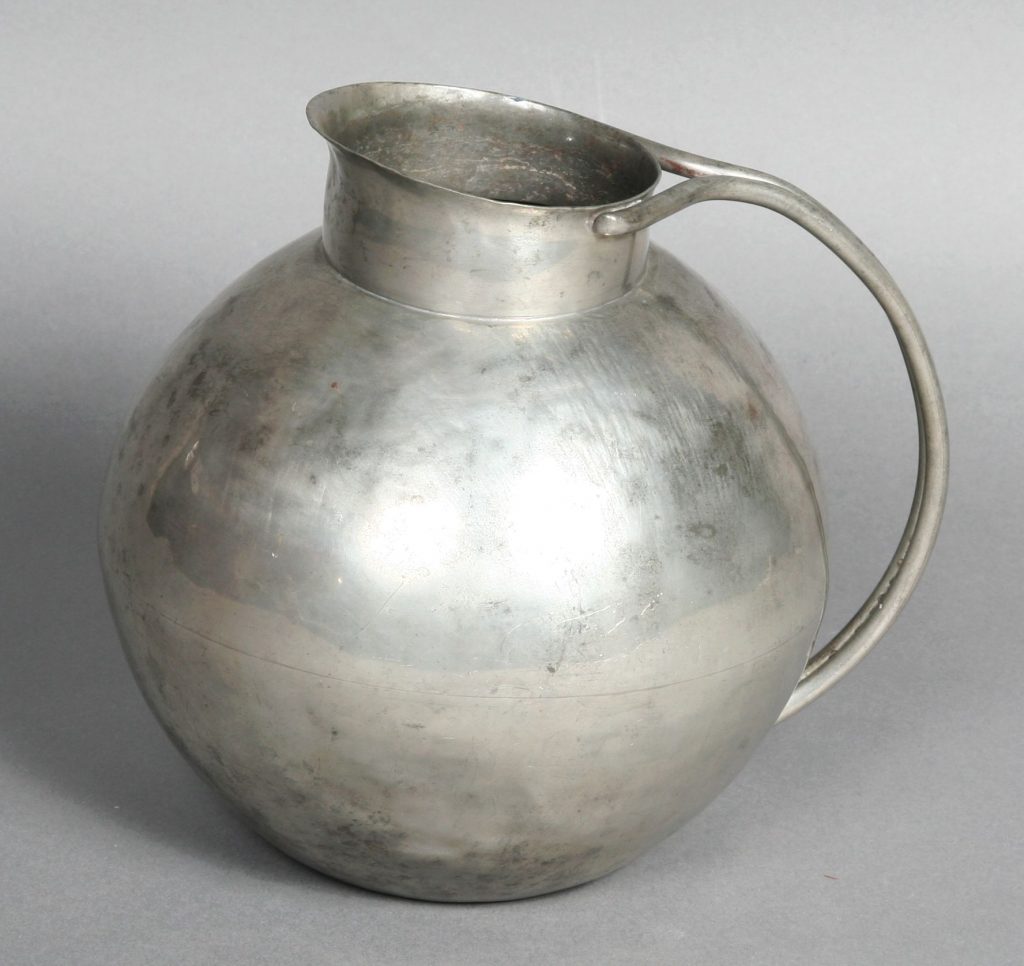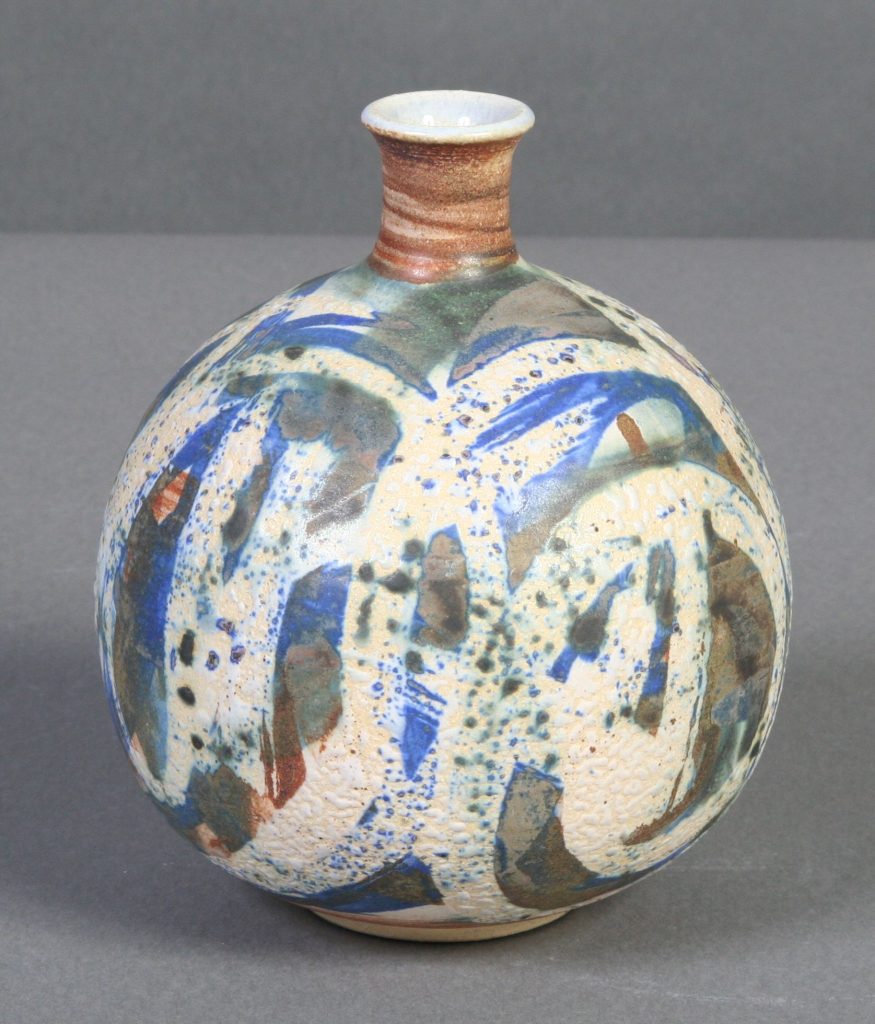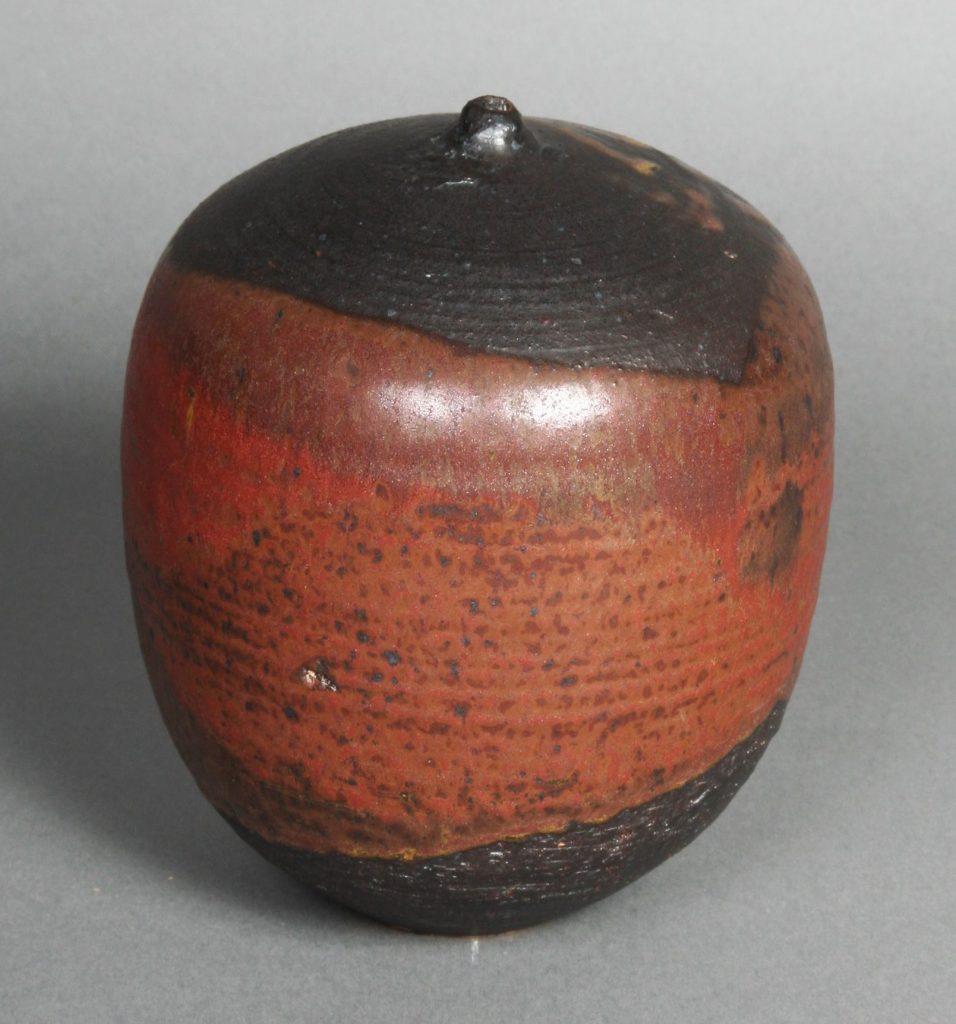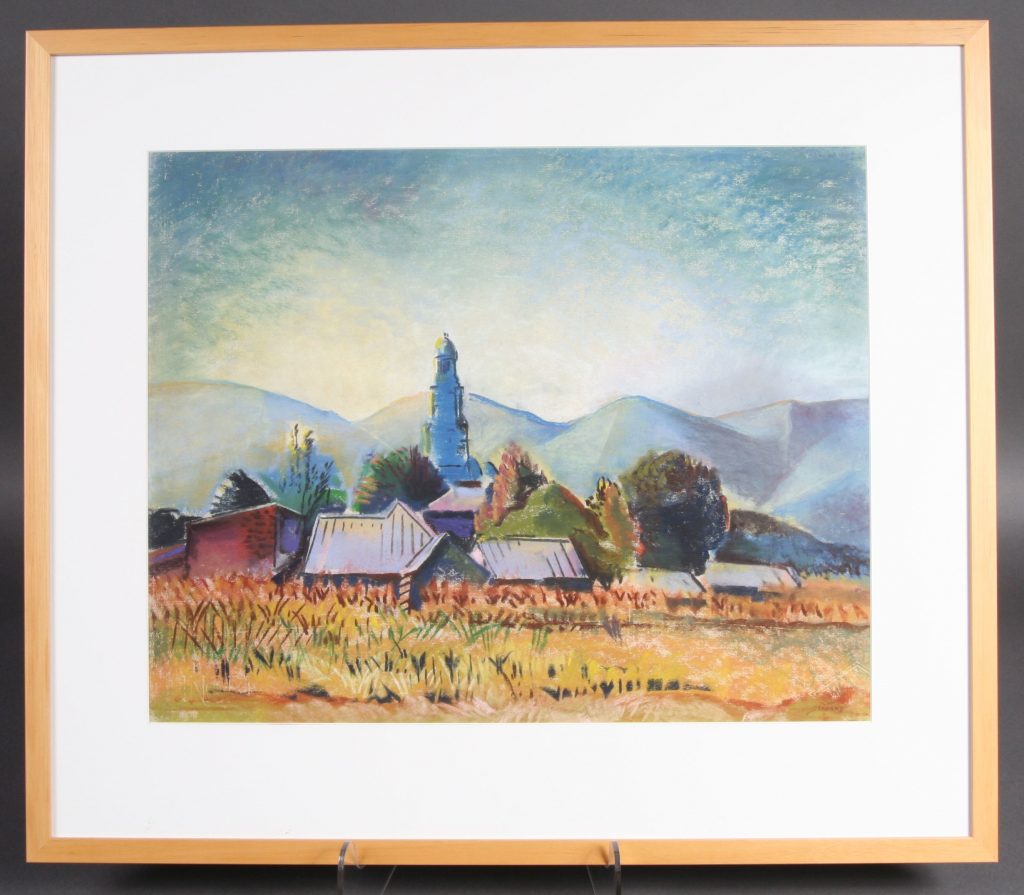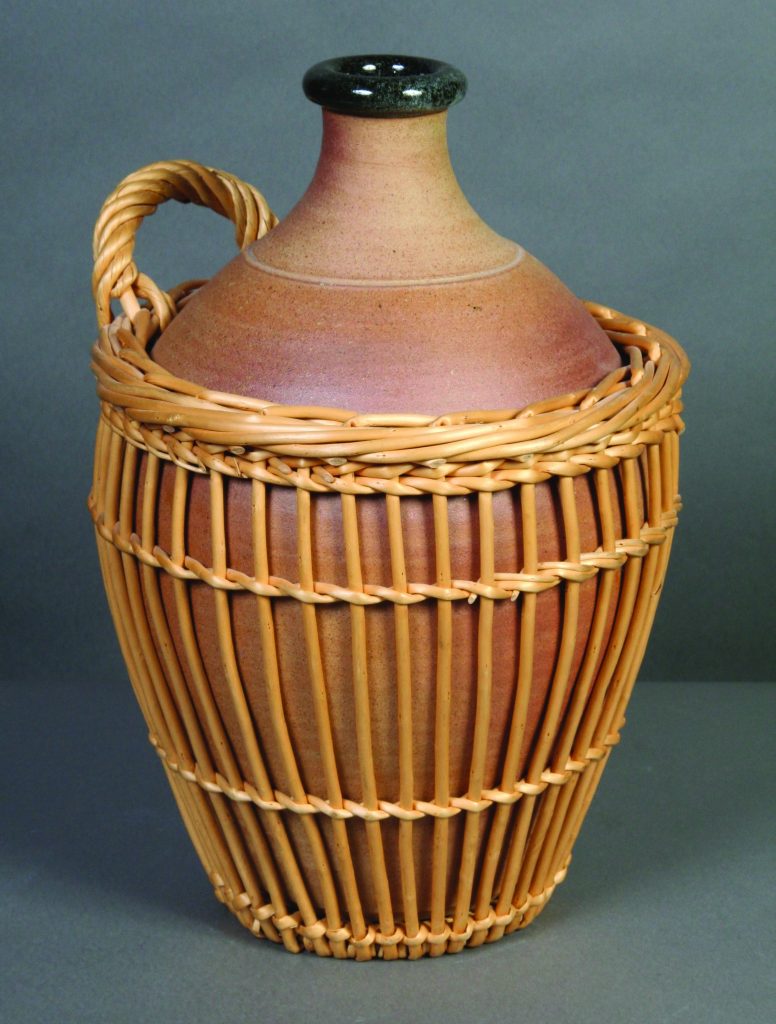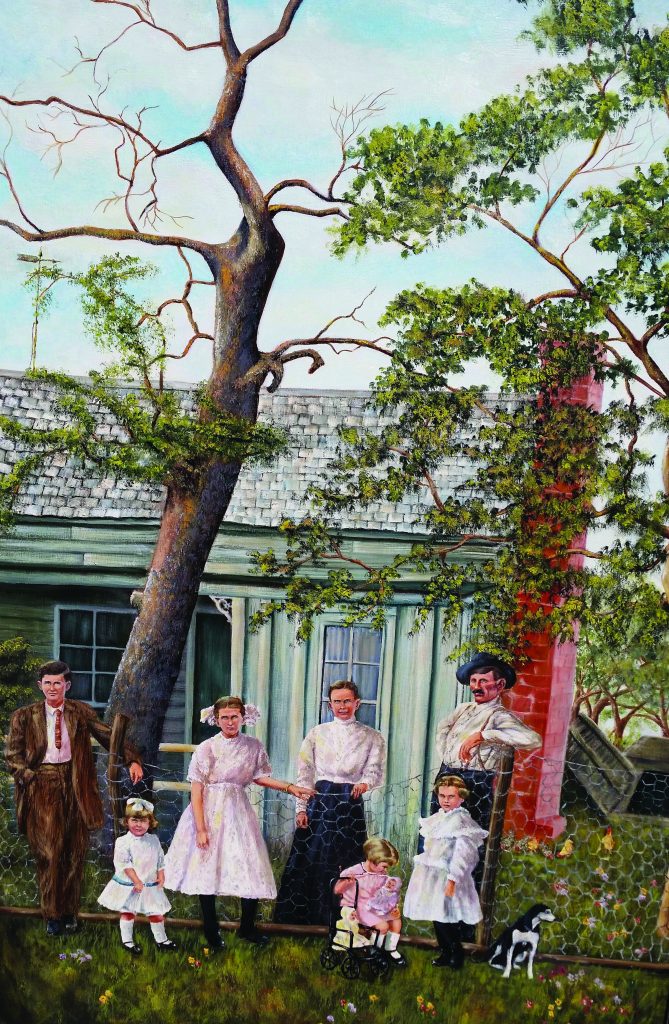The Power of Distinction
THE POWER OF DISTINCTION
January 25 - May 10, 2020
Work from our 5,700-piece permanent collection will be on display in the Main Gallery, second level of the Folk Art Center in honor of the Guild's 90th year.
The oldest piece on display dates back AD 1000-1470
“Contemporary artists are still making traditional objects by hand using new techniques, skills, and materials. Their work is greatly influenced by twentieth-century art movements, formal education, and objects praised in modern galleries and museums. The SHCG’s Permanent Collection is a visual record of this passage of time.” - Nikki Josheff, curator.
Six Silver Spoon Set, sterling silver- there is a crest in the handle of the large spoon surrounded by delicate metal tracery like decoration. Its bowl is incised with a llama, pyramids, and a bird. The five smaller spoons have scalloped bowls that are incised with leaf and lady slipper designs. The tracery like handles are topped with a tiny llama.
Stars and Stripes, c. 1908, Sarah M. Wilson, A miniature copy of the first official American flag with 13 stripes of red and white. The upper left corner is a faded blue rectangle with 13 embroidered stars representing the original 13 colonies. On the back of the frame, inscribed in pencil, "Purchased in Colonial Courthouse in Philadelphia, PA, in year 1908." Hand sewn and embroidered. Also known as "Gift Flag."
Tommy Case - Drawing, 1981, M.A. Summer, Ceramic artist John Thomas Case, of Pisgah Forest Pottery, is shown throwing a pot while a worker looks on. The artwork was part of a series of drawings to celebrate the opening of the Folk Art Center that hung in the McDonald's restaurant in Oteen for many years.
Robe, unknown artist, Chinese, c. 1890, silk - a women's robe handwoven with butterflies and narcissus flowers, with many symbolic embroidered elements stitched to the pink silk. These elements included dragon, gourds, citron, bats, narcissus flower, fruit, fish, birds, plum blossoms, figs, Buddha's hand and bamboo. Made for informal wear. There is a light blue lining to the robe and the hem and sleeves are trimmed in black silk. The robe wraps around the wearers body and is secured with black fabric knot and loop closures.
Drawn Thread Linen Tea Cloth, Margaret Hodges, Scottish, c. 1880, A very fine handwoven, linen tea cloth. The decoration on the cloth proper is accomplished through the drawn thread technique. The "fringe" around the edge of the tea cloth is expertly knitted. The drawn thread pattern creates the corners and border of the cloth. In the center of the cloth a drawn thread cross with a square in each of the four quadrants is visible.
Contemporary Stool, Kim Nixon, 2002, hooked rug upholstered stool, floral and fauna patterned on top of shades of red and purple background. There is an intentional piece missing in the hooked pattern - it was a study by the artist of the positive and negative dimensions of wool applied to the surface and wool hooked to the backing. The edge is hand embroidered by the artist. Hand dyed wool by the artist.
Chancay Tapestry, Peruvian, c. AD 1000-1450, textile - a hand woven, hand dyed, Peruvian tapestry weaving. The main section of the tapestry is a diagonal pattern created by the slit stitch technique from the Chancay culture from the central coast of Peru. This main section is separated by a horizontal border on the top and bottom. The weaving is made up of several colors - red, mauve, brown, light brown, and black. There is fringe on one side of the weaving. The opposite side is frayed. The weaving was a gift to SHCG Director Emertus Bob Gray and his wife Verdelle when they attended the Worlds Crafts Conference in Lima, Peru in the early 1980s.



